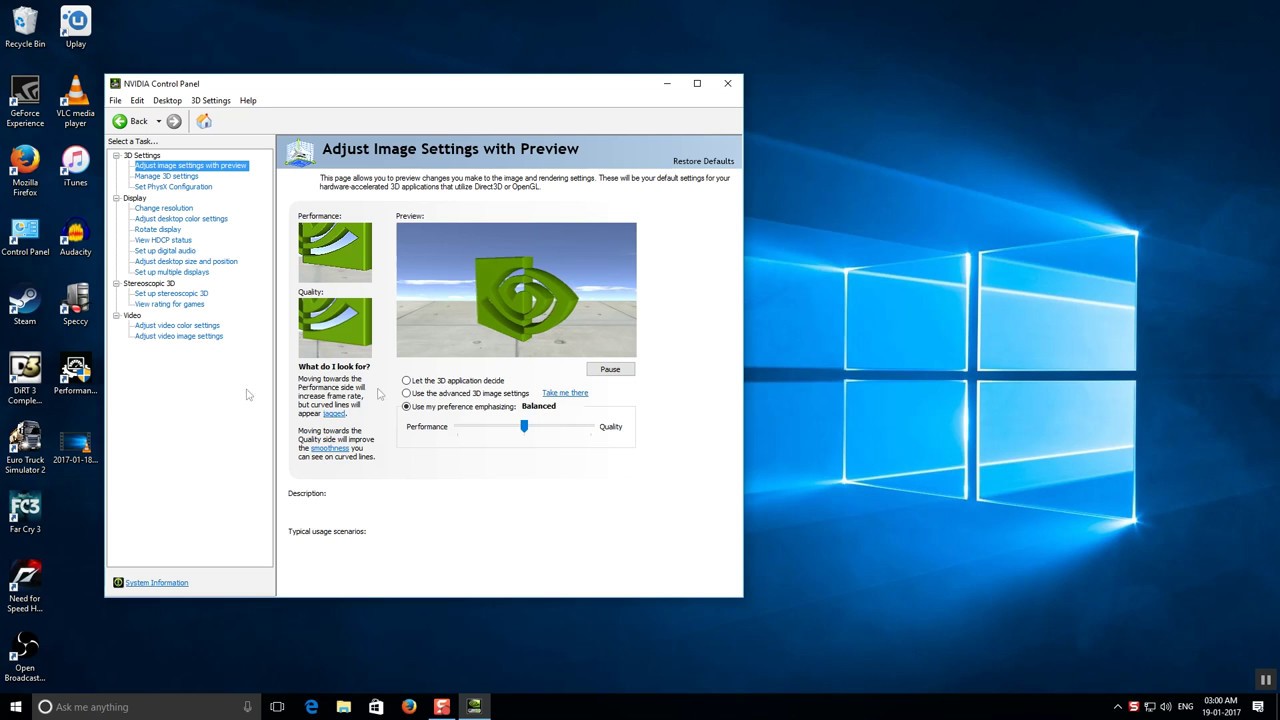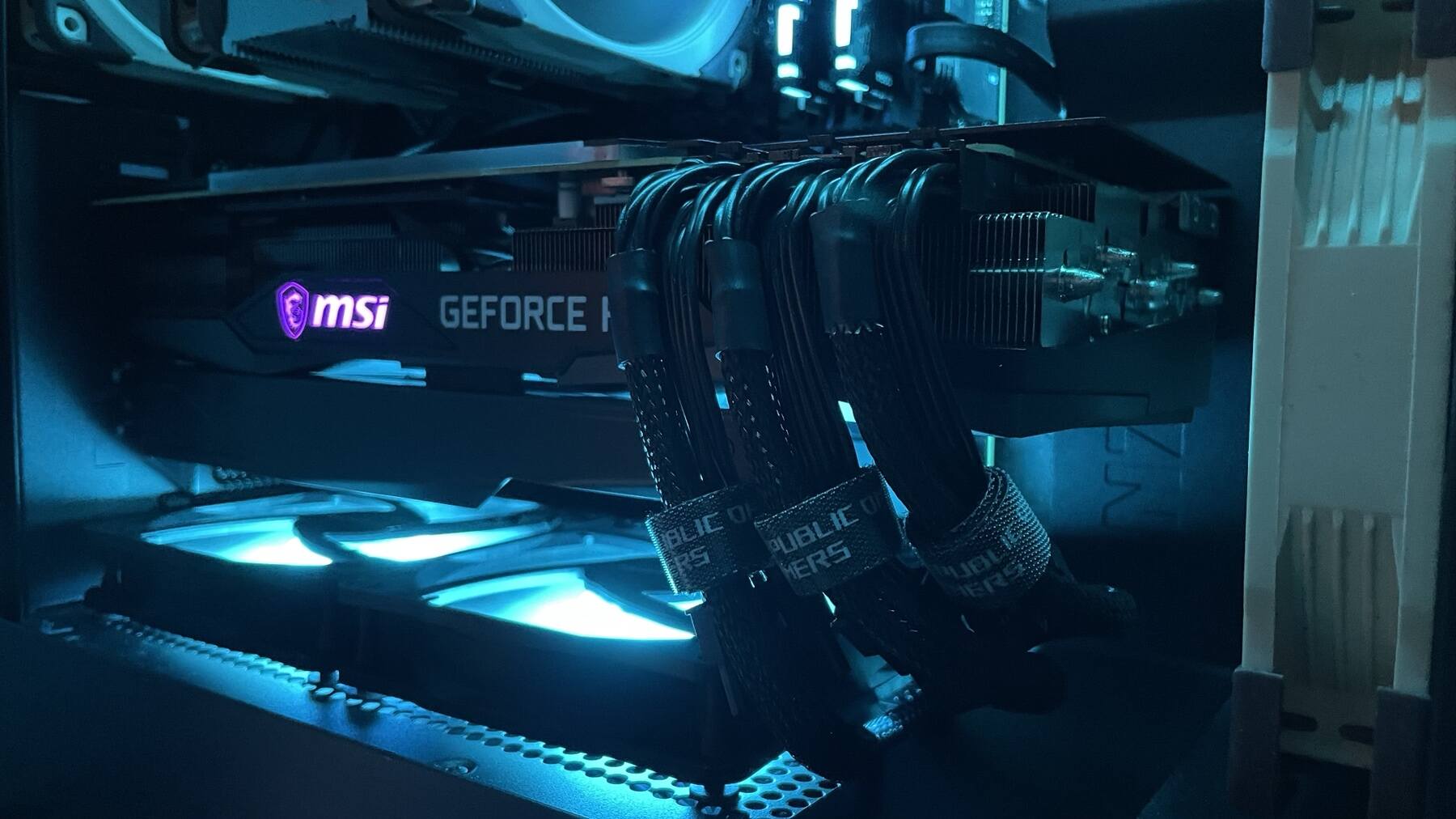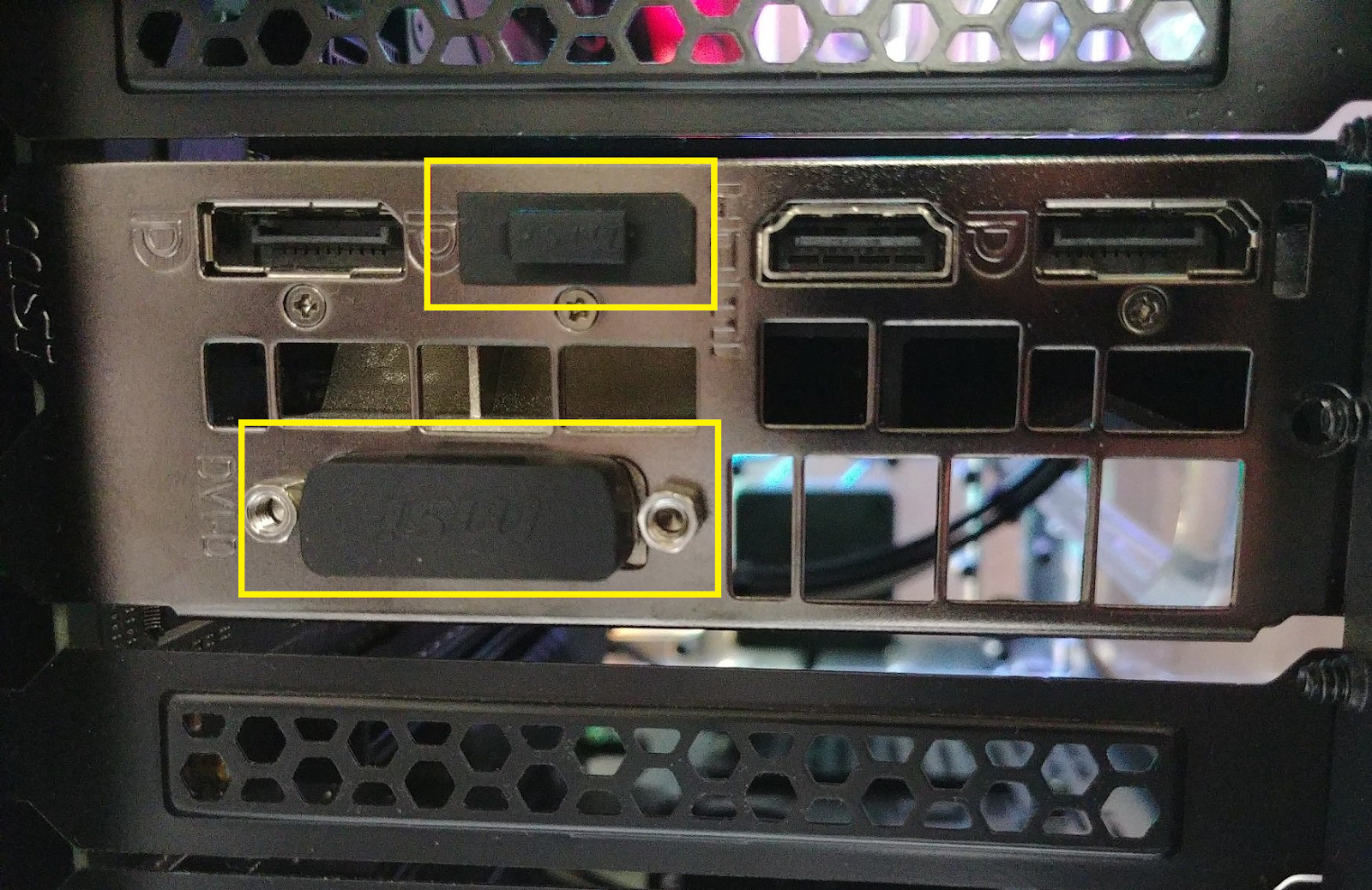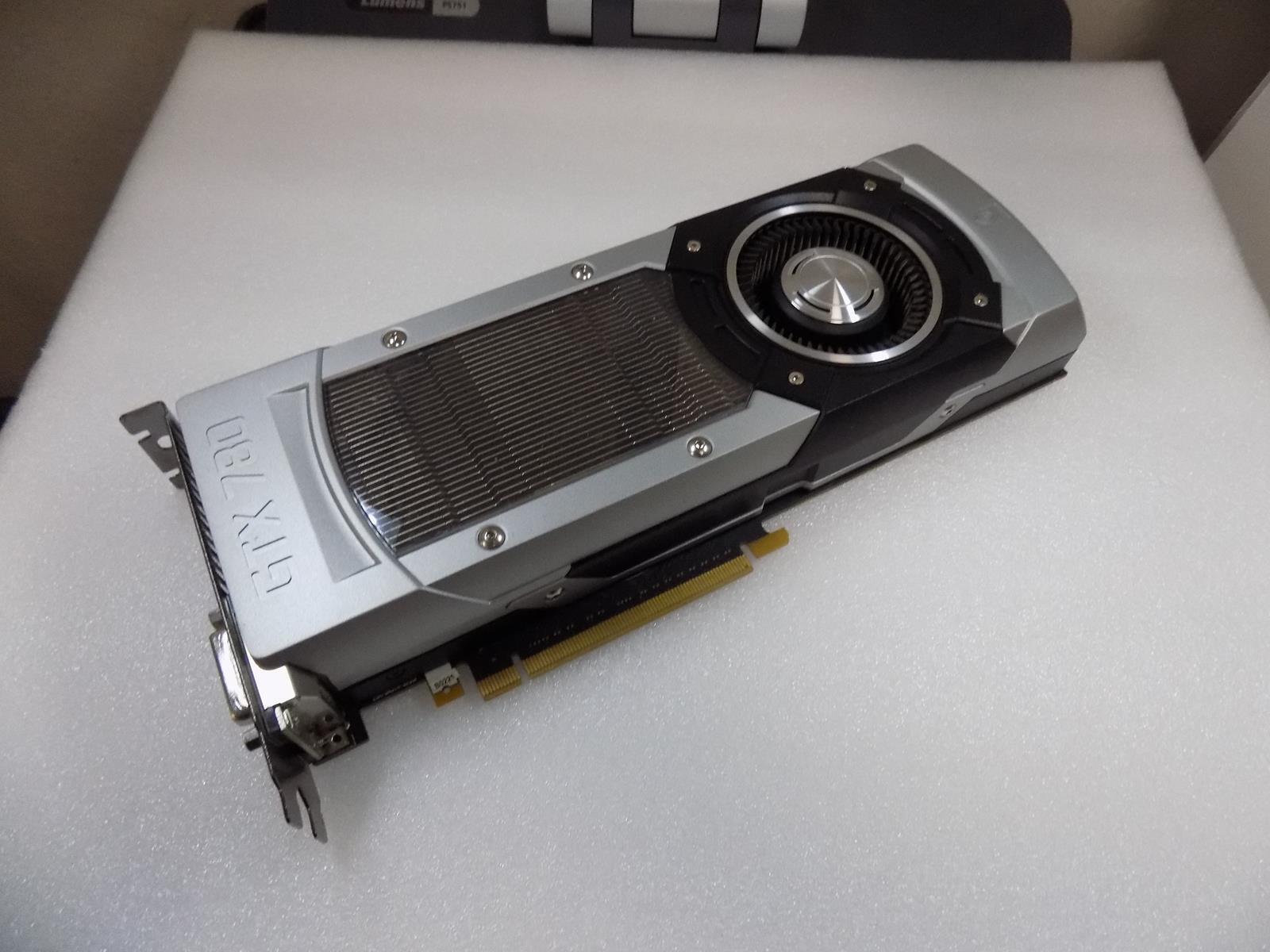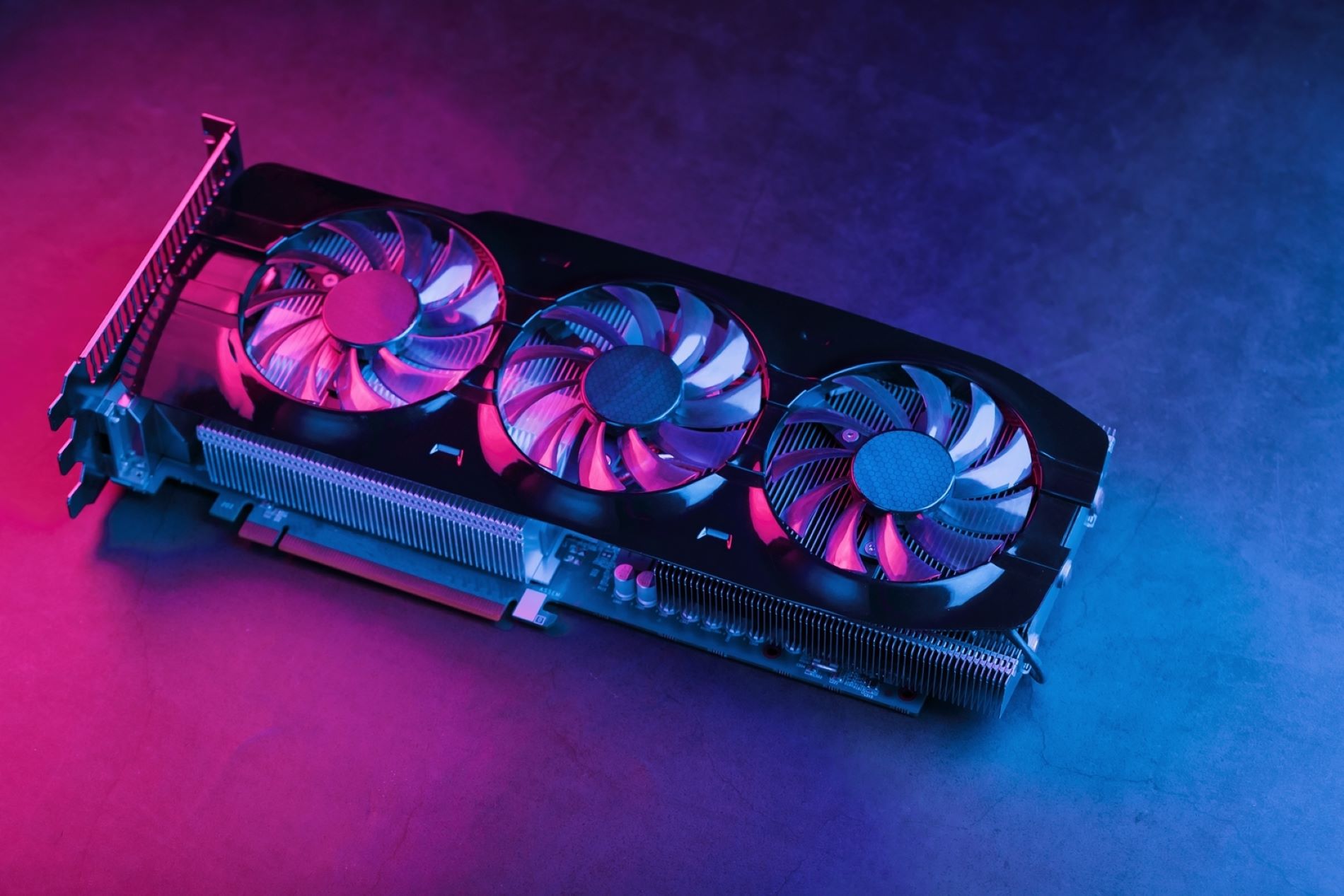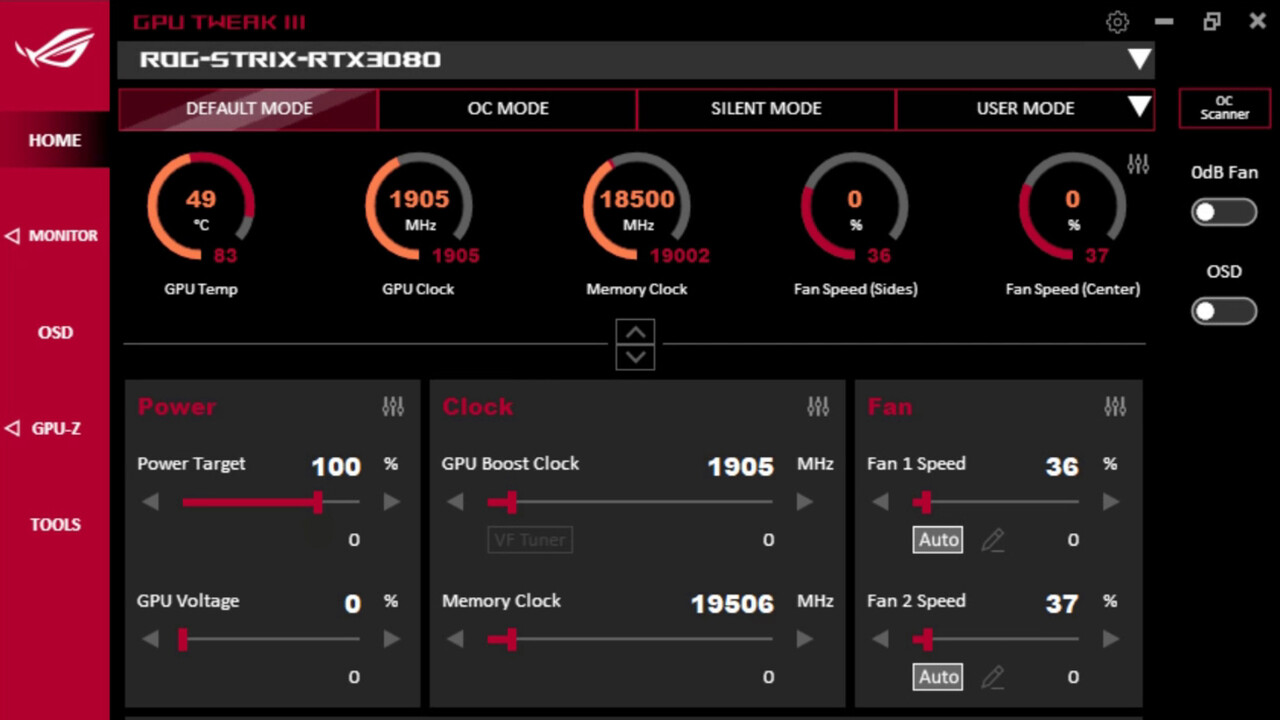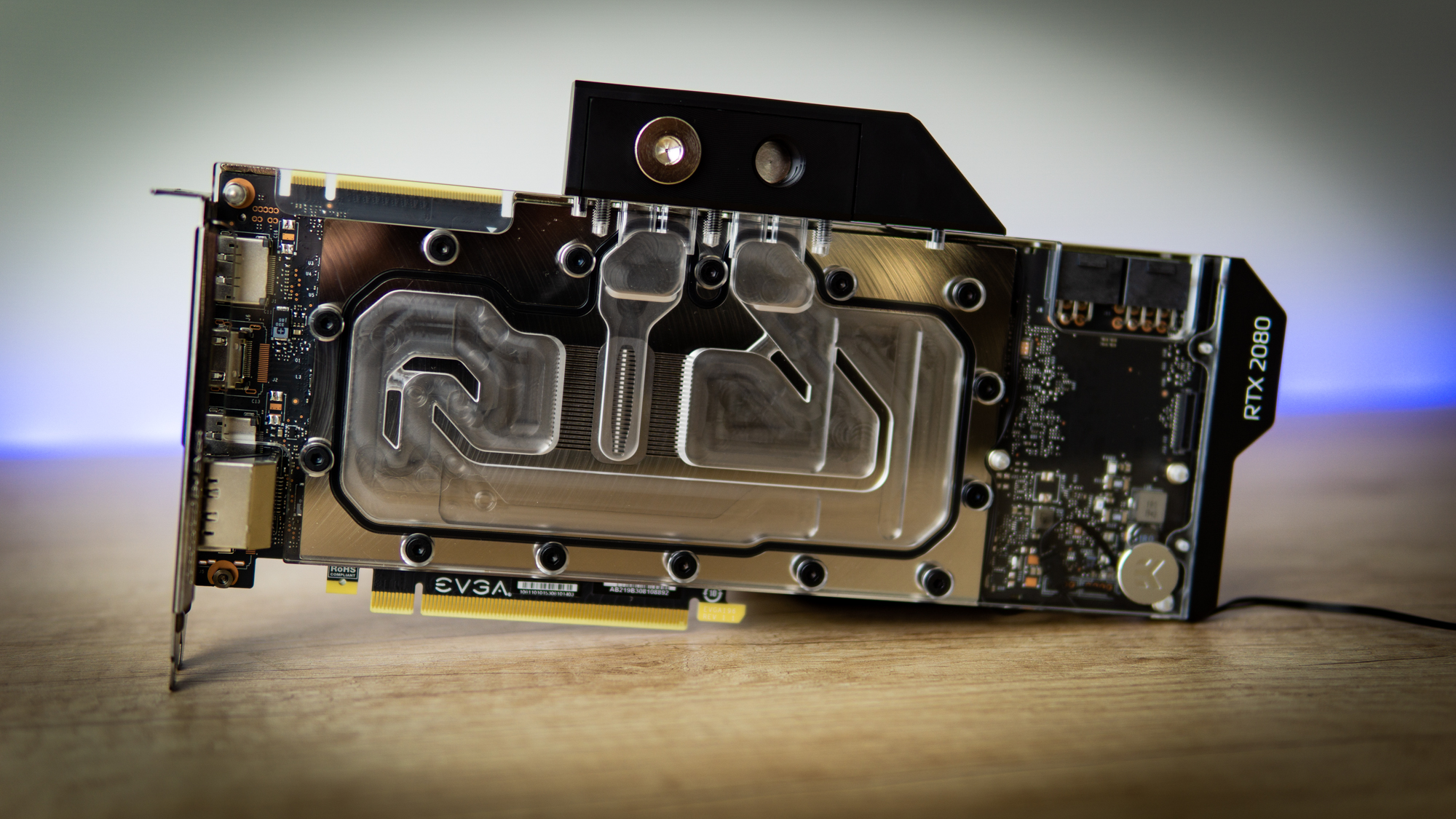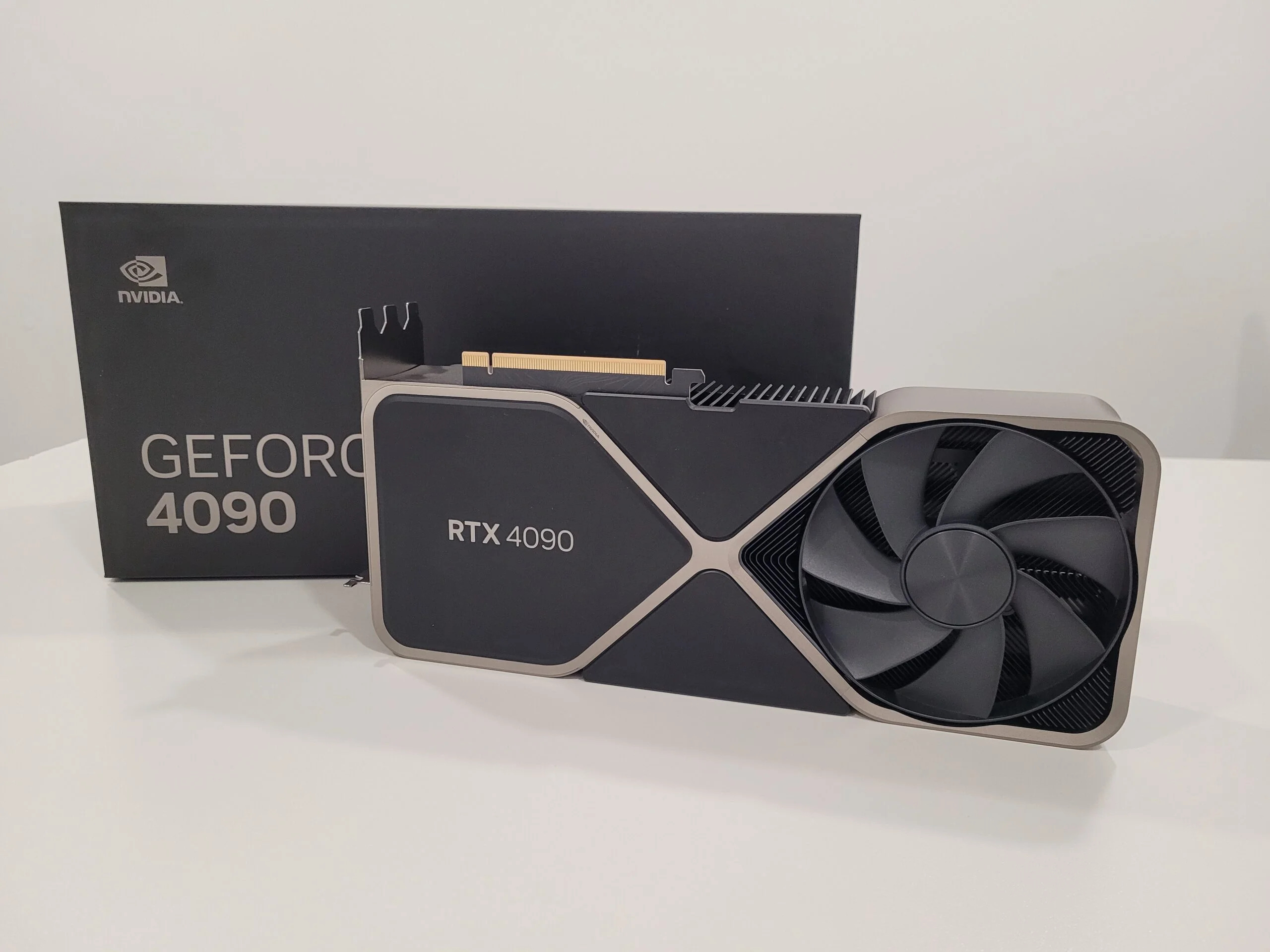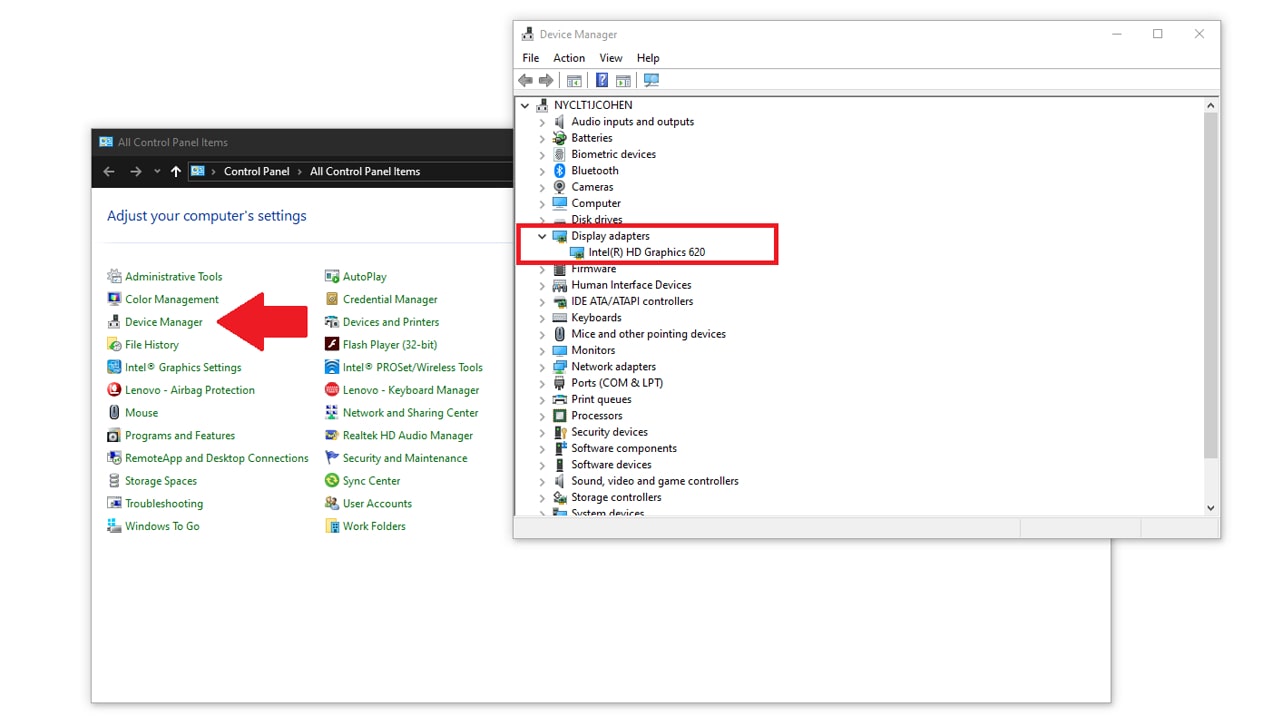Introduction
Being able to access and modify your graphics card settings is essential for optimizing the performance and visual quality of your computer. Whether you’re a gamer looking to fine-tune your gaming experience or a professional graphic designer seeking optimal display settings, knowing how to access your graphics card settings is crucial.
In this article, we will explore various methods to help you get to your graphics card settings. We will cover different approaches, including using the Control Panel, the System Settings, the Device Manager, and the Graphics Card software. By the end of this guide, you’ll have a clear understanding of how to access and customize your graphics card settings to suit your needs.
Before we delve into the methods, it’s important to note that the steps may vary slightly depending on your operating system and the specific graphics card you have installed. However, the general principles and concepts remain the same, and we will provide instructions that can be easily adapted to your setup.
Now, let’s dive into the various methods you can use to access your graphics card settings!
Method 1: Using the Control Panel
The Control Panel is a central hub for accessing various settings and configurations on your Windows computer. It also provides a way to access and modify your graphics card settings.
To begin, you’ll first need to open the Control Panel. The easiest way to do this is by typing “Control Panel” in the search bar on your taskbar and selecting the corresponding result.
Once you’re in the Control Panel, look for the “Hardware and Sound” category and click on it. Under this category, you should see an option called “Device Manager.” Click on it to open the Device Manager window.
In the Device Manager window, locate the “Display adapters” category and click on the arrow next to it to expand the list. You should see your graphics card listed here. Right-click on your graphics card and select “Properties.”
A new window will open, giving you access to your graphics card settings. Here, you can adjust various parameters such as screen resolution, refresh rate, color depth, and more. Take some time to explore the different tabs and options available to you.
Once you’ve made the desired changes, click “Apply” or “OK” to save them. Keep in mind that some settings may require you to restart your computer for the changes to take effect.
Using the Control Panel is a straightforward method for accessing your graphics card settings. However, depending on your graphics card and drivers, the options available to you may vary. If you don’t find the specific settings you’re looking for in the Control Panel, don’t worry; there are other methods we’ll explore next.
Method 2: Using the System Settings
Another way to access your graphics card settings is through the system settings on your computer. This method is particularly useful if you prefer a more streamlined and intuitive approach.
To begin, click on the “Start” menu and select the “Settings” icon (usually represented by a gear or a cogwheel). In the Settings window, you’ll find different categories of settings that you can explore.
Look for the “System” category and click on it. Within the System settings, you’ll see a sidebar on the left-hand side. Scroll down and select “Display” to access the display settings.
On the right-hand side, you’ll find options to adjust the display resolution, orientation, and scale. To access more advanced graphics settings, click on the “Graphics settings” link at the bottom of the page.
In the Graphics settings window, you’ll find options to choose the default graphics card for specific applications and adjust the graphics performance preference. This can be particularly helpful if you have multiple graphics cards installed on your system.
Take some time to explore the various settings and options available in the System settings. Depending on your graphics card and drivers, you may have additional options for configuring color settings, video playback, and more.
Once you’ve made the desired changes, close the System settings window, and your settings will be saved automatically. Keep in mind that some changes may require you to restart your computer for the modifications to take effect.
Using the System settings provides a user-friendly and intuitive way to access and modify your graphics card settings. However, similar to the Control Panel method, the available options may vary based on your specific hardware and drivers.
Method 3: Using the Device Manager
The Device Manager is a powerful built-in Windows tool that allows you to manage and configure hardware devices on your computer, including your graphics card. This method provides a more direct approach to access and modify your graphics card settings.
To begin, right-click on the “Start” button and select “Device Manager” from the context menu. Alternatively, you can press the Windows key + X and choose “Device Manager” from the menu that appears.
Once the Device Manager window opens, locate the “Display adapters” category and click on the arrow next to it to expand the list. Here, you’ll see your graphics card listed. Right-click on your graphics card and select “Properties.”
In the Properties window, you’ll find different tabs dedicated to specific settings related to your graphics card. The available tabs may vary depending on your graphics card and drivers. Common tabs include “General,” “Driver,” and “Details.”
Under the “General” tab, you’ll find basic information about your graphics card, such as the device status and driver details. The “Driver” tab provides options to update, rollback, or uninstall the graphics driver.
To access more advanced graphics card settings, click on the “Advanced” tab. Here, you may find options to adjust hardware acceleration, color correction, display profiles, and more.
Take your time to explore the different tabs and options available. Depending on your graphics card, you may have access to additional settings and features specific to your hardware and drivers.
Once you’ve made the desired changes, click “Apply” or “OK” to save them. Some settings may require you to restart your computer for the changes to take effect.
Using the Device Manager provides a direct and focused method for accessing and modifying your graphics card settings. It allows you to delve deeper into specific hardware-related settings and make more advanced adjustments if needed.
Method 4: Using the Graphics Card Software
Many graphics card manufacturers provide dedicated software that allows users to access and customize the settings of their graphics cards. This software offers a more comprehensive and tailored approach to managing your graphics card settings.
To begin, you’ll need to identify the specific software associated with your graphics card. The software can usually be downloaded from the manufacturer’s website or may come pre-installed if you purchased a pre-built computer.
Once you have the software installed, open it by searching for its name in the Start menu or by locating its shortcut on the desktop or taskbar. Common examples include AMD Radeon Software, NVIDIA Control Panel, or Intel Graphics Command Center. The exact name will depend on your graphics card manufacturer.
Upon opening the software, you’ll be presented with a user-friendly interface that allows you to access and modify various graphics card settings. The available options will vary depending on your graphics card model and the software version.
Typically, you’ll find sections or tabs dedicated to different aspects of your graphics card settings, such as display resolution, color settings, 3D settings, and performance profiles. Take some time to navigate through the software and explore the different options available to you.
Within the software, you may also find advanced features such as overclocking tools, fan control, and video capture capabilities. These additional features allow you to fine-tune your graphics card’s performance and tailor it to your specific needs.
Make any desired modifications to your settings, and remember to save your changes before exiting the software. Some settings may require a system restart to take effect, so be sure to follow any prompt or instruction provided by the software.
Using graphics card software provides a comprehensive and specialized approach to accessing and customizing your graphics card settings. It offers advanced features and a user-friendly interface tailored to your specific graphics card, enabling you to optimize your system’s performance and visual experience.
Conclusion
Accessing and modifying your graphics card settings is essential for maximizing the performance and visual quality of your computer. In this article, we have explored four methods that can help you get to your graphics card settings: using the Control Panel, the System Settings, the Device Manager, and the Graphics Card software.
The Control Panel provides a straightforward approach to accessing your graphics card settings, allowing you to adjust parameters such as screen resolution and color depth. The System Settings offer a streamlined and intuitive way to access and modify your graphics card settings, including advanced options for graphics performance preferences.
The Device Manager provides a direct method for managing your hardware devices, including your graphics card. It allows you to access specific settings related to your graphics card, such as driver updates and hardware acceleration adjustments.
Lastly, the Graphics Card software, provided by manufacturers, allows for a more comprehensive and tailored approach to managing your graphics card settings. It offers advanced features, overclocking tools, and performance customization options specific to your graphics card’s capabilities.
Remember to explore and familiarize yourself with the various settings and options available in each method, as they may vary depending on your operating system and graphics card model.
By being able to access and customize your graphics card settings, you can optimize your computer’s performance, enhance visual quality, and tailor your system to meet your specific needs, whether you’re a gamer, graphic designer, or simply seeking an improved computing experience.
Now that you have a clear understanding of how to access your graphics card settings through different methods, feel free to explore and experiment with different configurations to find the perfect setup for your needs. Unlock the full potential of your graphics card and elevate your computing experience to new heights!







